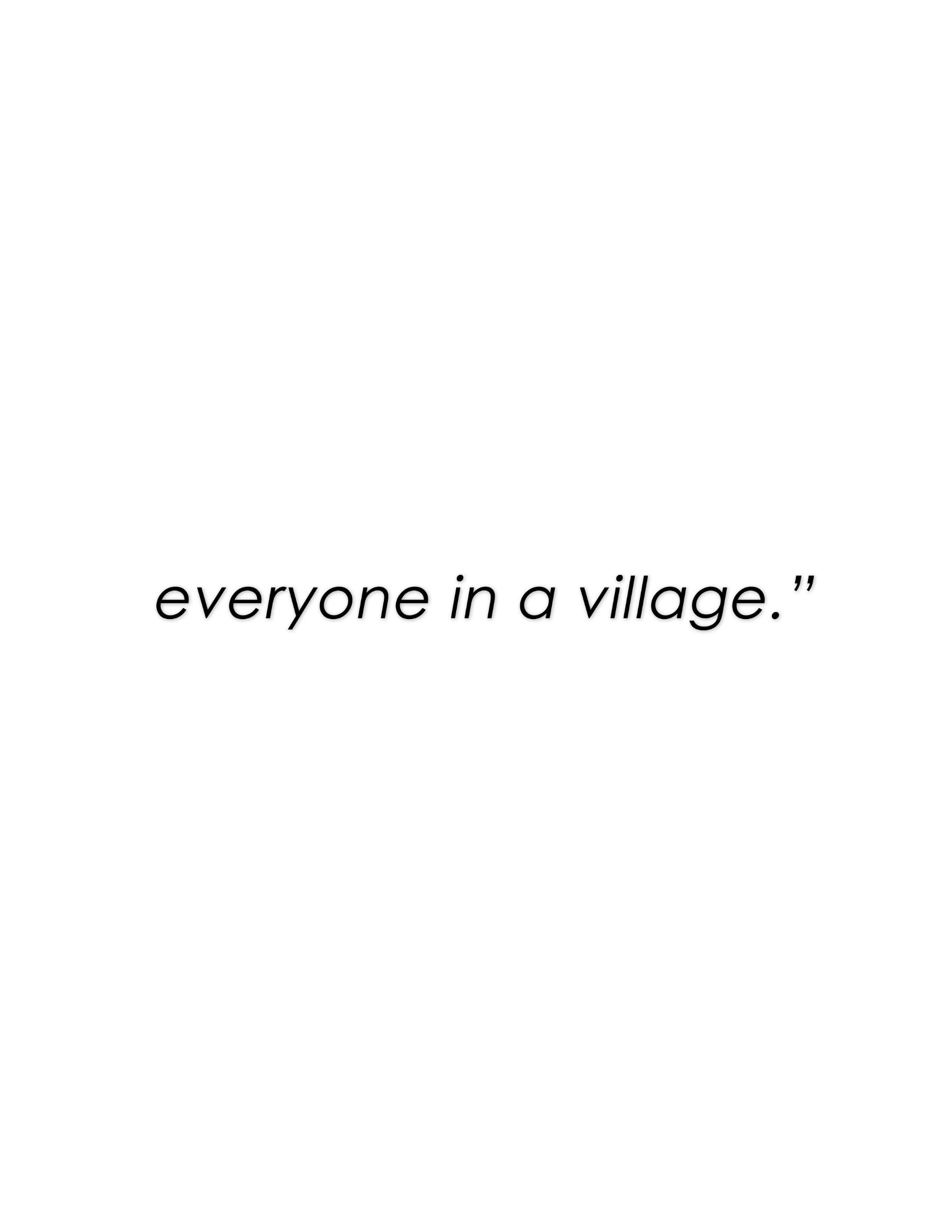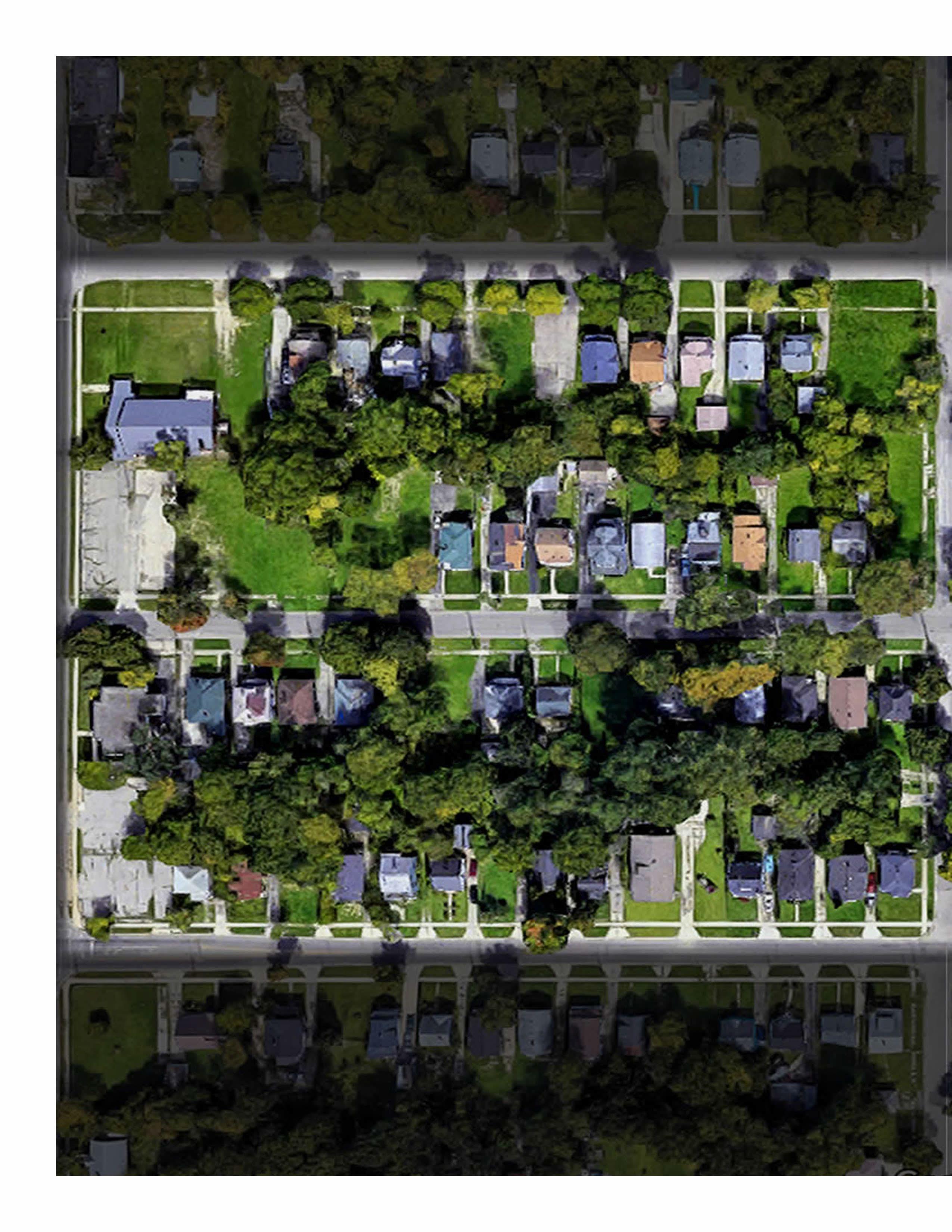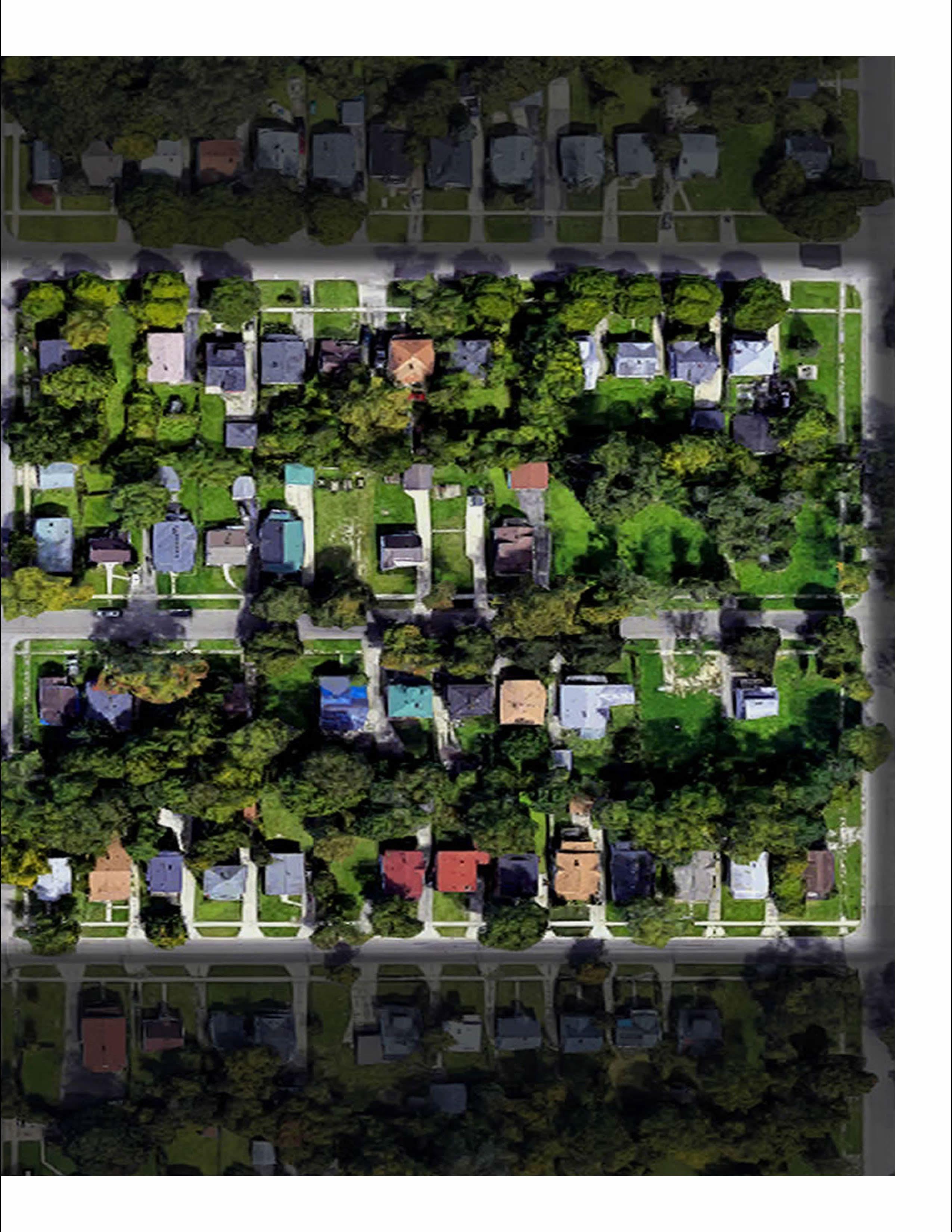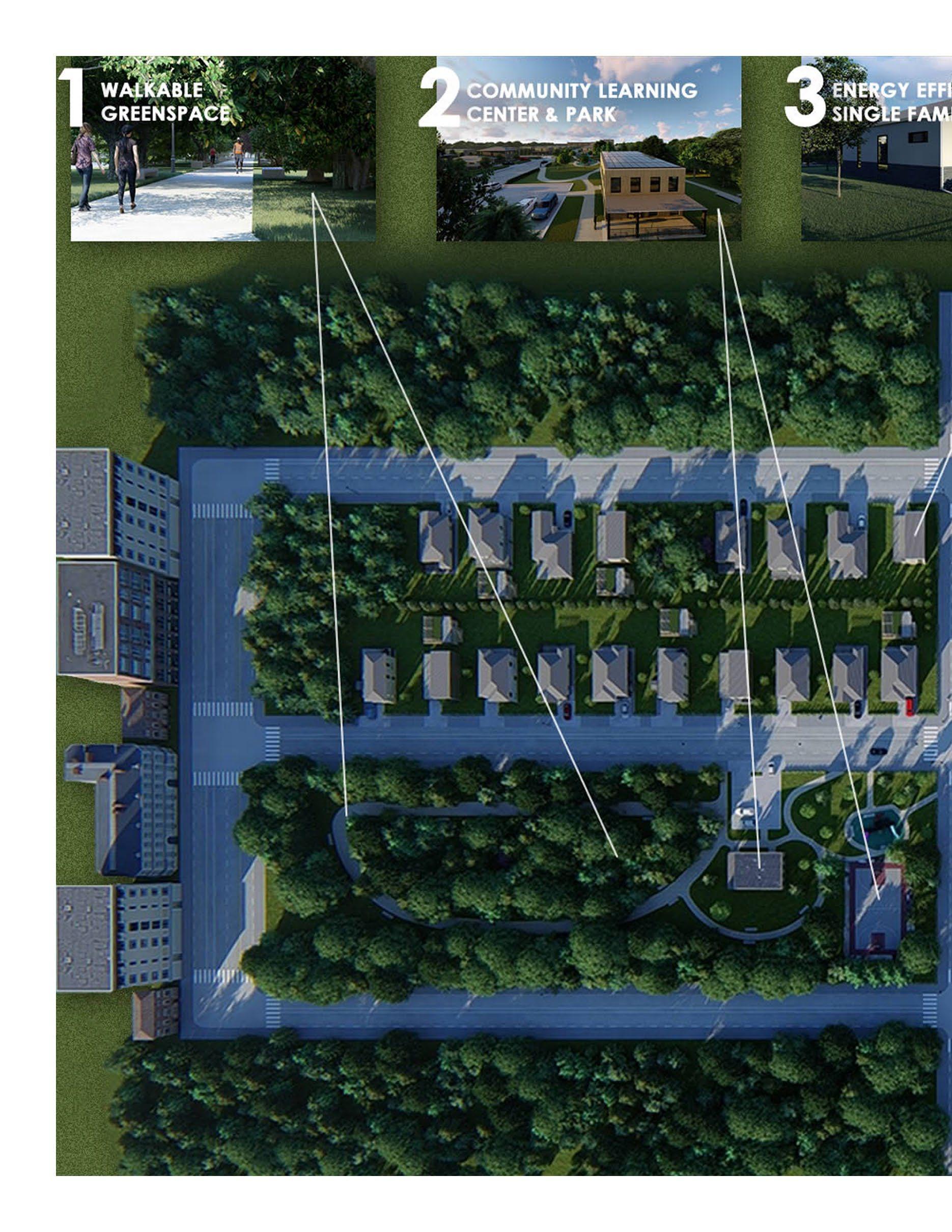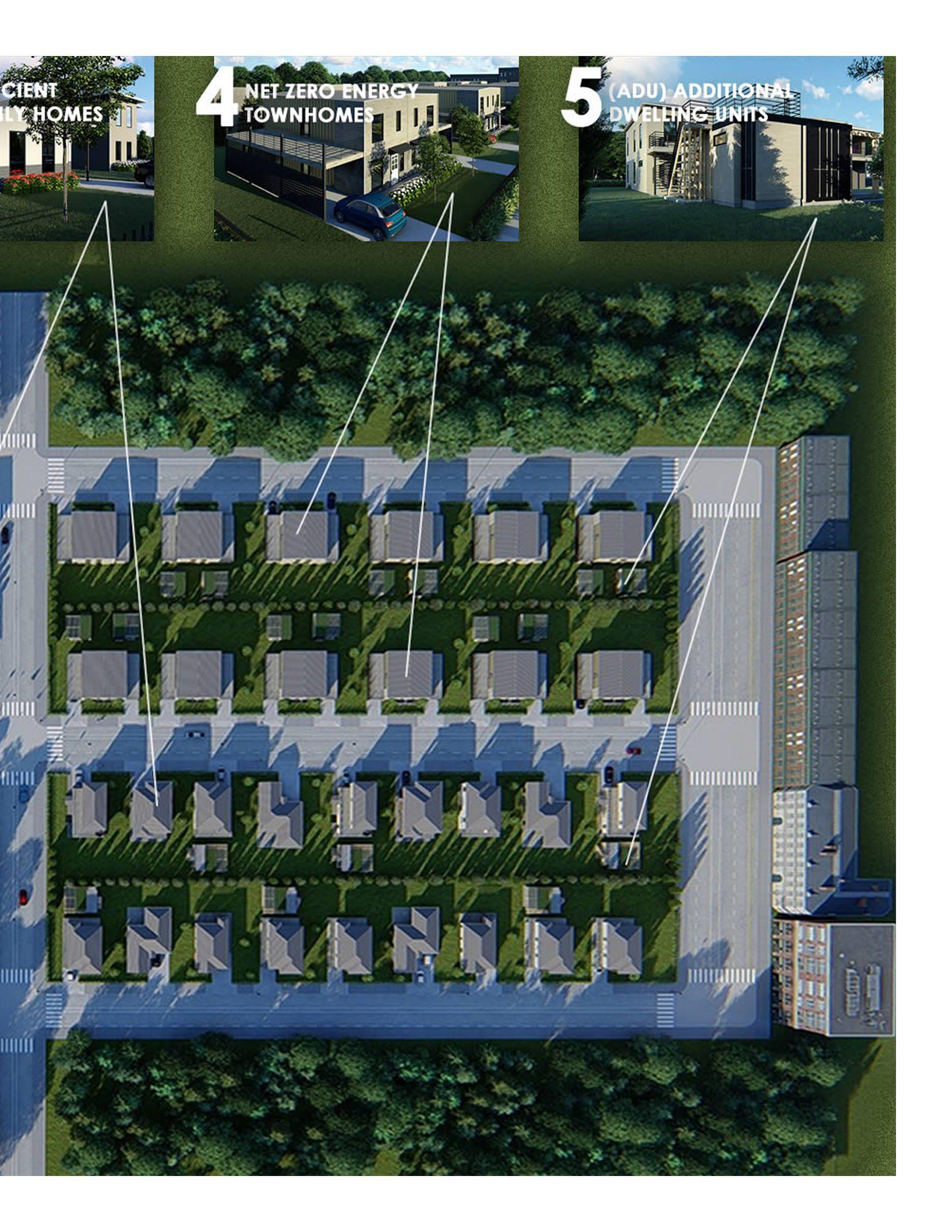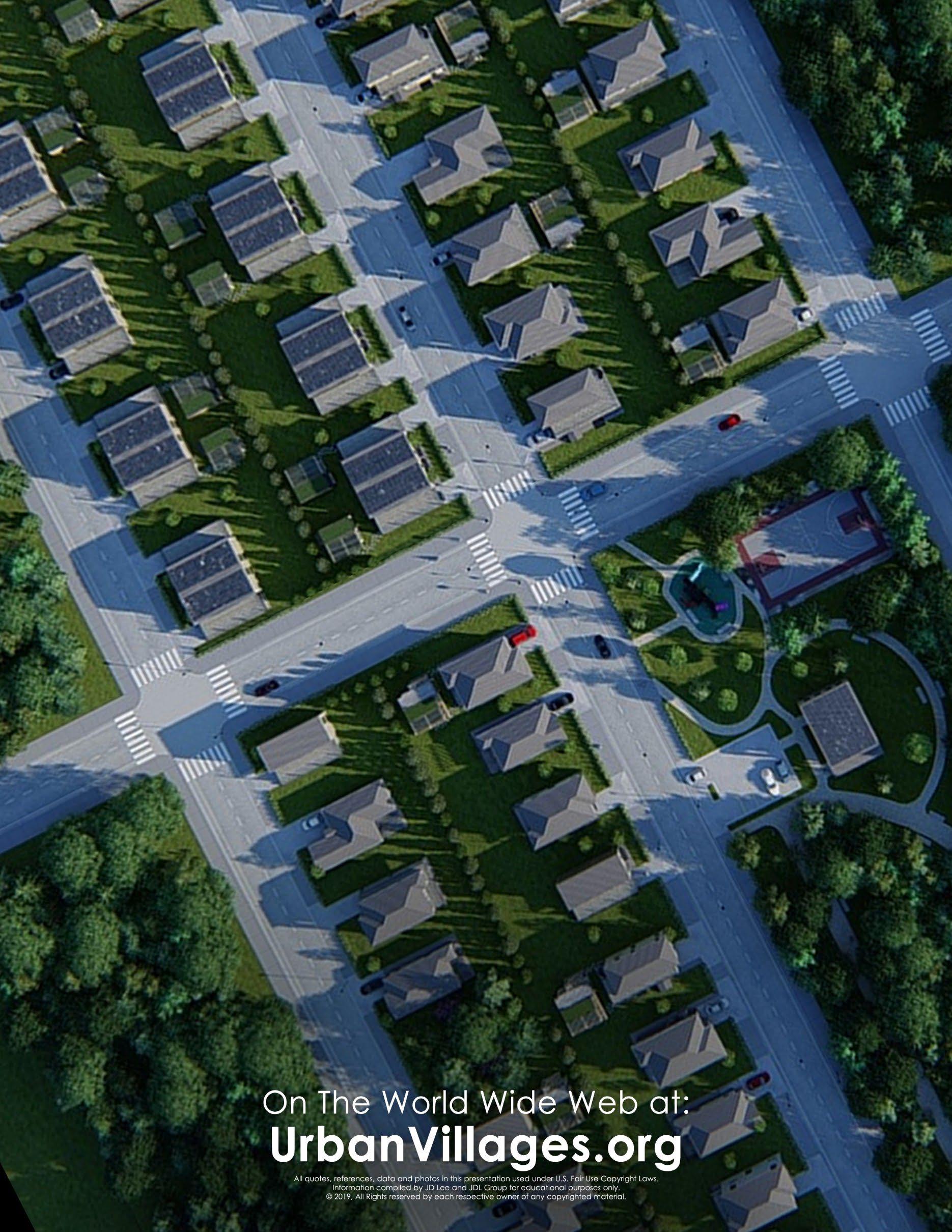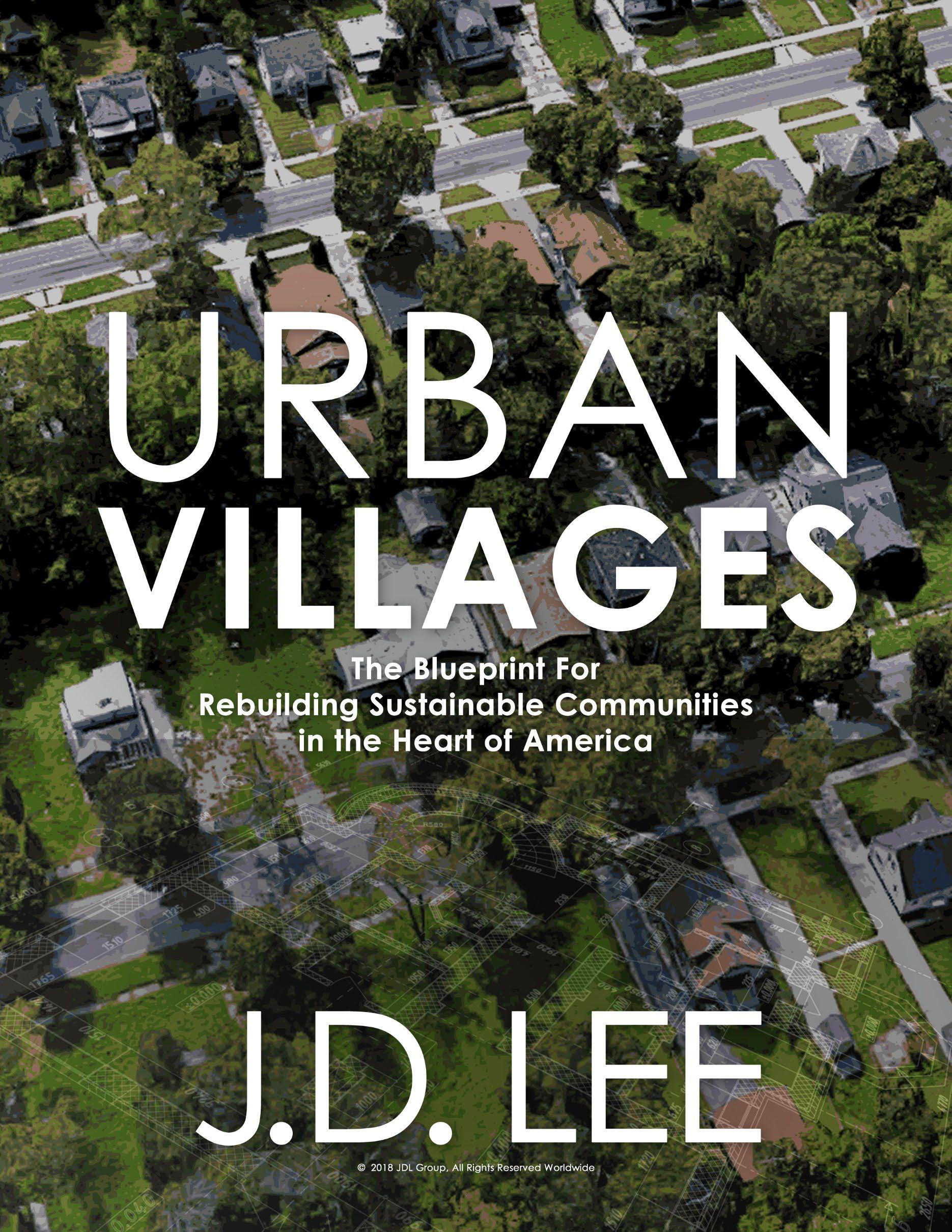

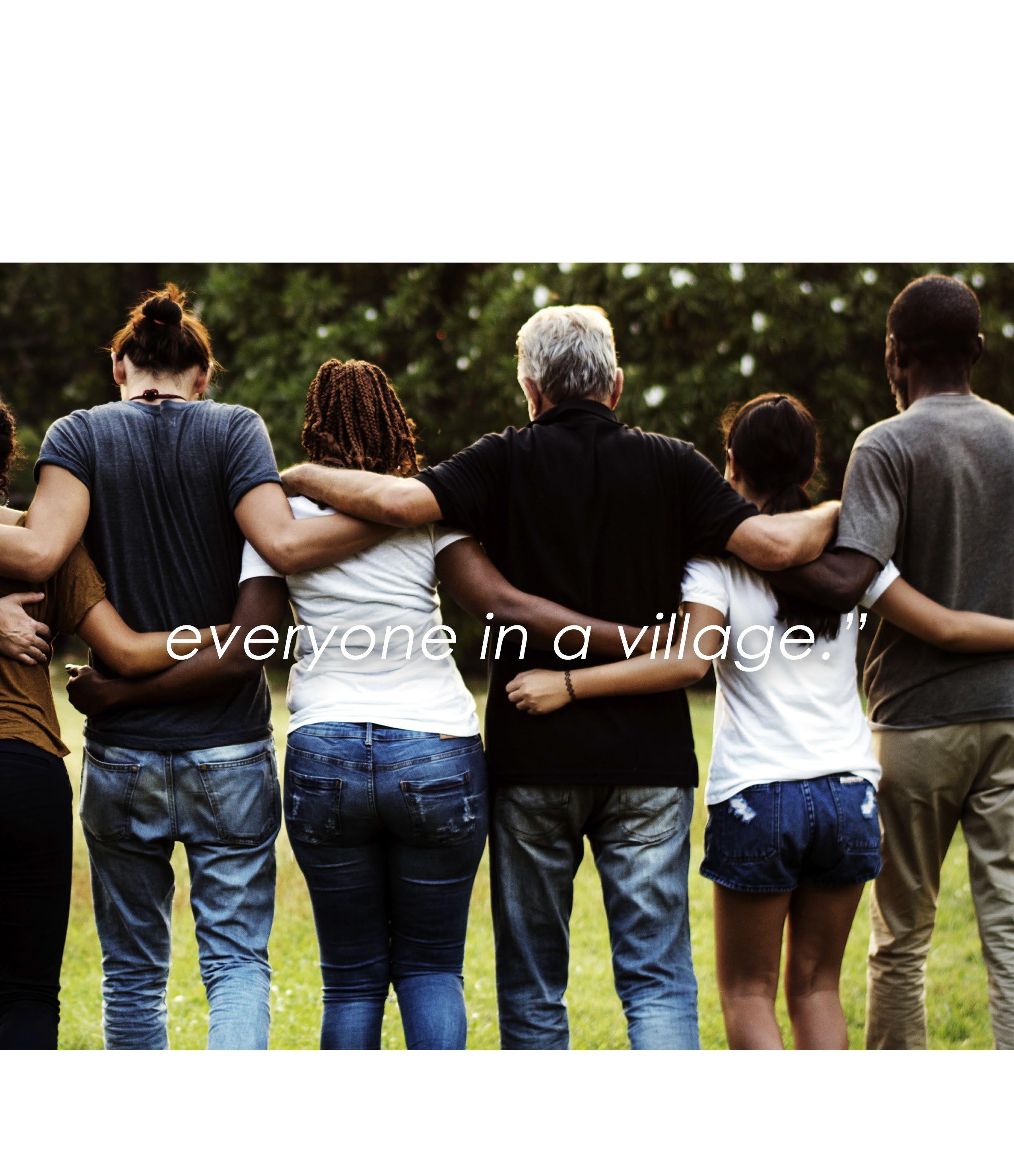







J.D. Lee, Principal and Founder of The JDL Group, a North Dallas based development firm, has a history of playing significant roles in groundbreaking ventures, spanning well over 3 decades.
After launching his first business at the age of 12, he went on to launch a string of successful ventures in media publishing, international banking, and real estate development. It was during the past decade, while serving as Director at Blackard Advisors, that J.D. was an integral part of the creative visualization of Adriatica Village, a 50-acre $350M mixed-used planned development in McKinney, Texas
One of his more significant deliveries while at Blackard, was the creation of the now popularized idiom called NeoRetroism™ along with a significant bulk of its published resources. The philosophy, defined as “The Utilizing of Old-World Characteristics in Modern-Day Development Environments” has flourished within the real estate development world, giving birth to ventures like the $100M Scereno Village in Bixby Oklahoma, OK, the $1B Wolf Lakes Village in Georgetown, TX, the $30M Lighthouse Pointe in Corpus Christi, TX, and the $750M Barisi Village in Corpus Christi, TX.
J.D. is an Allied Professional Member of the American Institute of Architects, American Planning Association, The Project Management Institute, and the U.S. Green Building Institute. His passion for serving communities is drawn from his almost 15 years of service for the City of Flint Public Safety Division during his early 20’s and 30’s.
J.D. is the author of numerous publications including Urban Villages – The Blueprint, NeoRetroism – The Guidebook, Bridges – Hope Beyond Homelessness, The Future of Community Development, The 48 Laws of Virtue, ad The 5 Rules of Racial Equity. His greatest pleasure, however, comes from being the happy husband of 28+ years to his loving wife, the proud father of four, and investing in the lives of young innovators, whom he regularly mentors.
It was a bitter cold Thanksgiving morning in 1976. My family and I had finally moved from the small rural town of Montrose, Michigan, where we lived, to the big urban city of Flint, Michigan.
We moved into our home the night before during a blizzard of biblical proportions. At least that’s what it seemed like to me, a 12year-old young man known for being the quit middle child who always had creative dreams and aspirations.
I was a bit of an introvert as well, but as I looked out the window of the upstairs bedroom and saw all that snow, something clicked in my mind. I noticed that the driveway and sidewalk to our new home were a fraction of the length and width of our driveway out in the country.
I remember saying to myself, “We can knock out our chores in no time, and then see if the neighbors needed help, for a small fee!”

From the late 1800s to the midtwentieth century, Flint, Michigan was a leading manufacturing city.
General Motors (GM) was founded there in 1908, and grew into an automobile manufacturing powerhouse, earning Flint the moniker “Vehicle City.” Flint was at its height of prosperity in the 1950s and 1960s, when its population peaked at 200,000, making it the state's second largest city.
Now home to 80,628 people, Flint's population declined by 82,515, or 50.6%, since 1950, when its population totaled 163,143. Over that period, the city went from the 60th most populous in the United States to the 438th
Photo credit: Google Earth
For more info about the City of Flint: Click Here
That experience was not only the genesis of my first business, but also the origins of my experience in an urban community. It was safe to roam about, people all knew each other, and there was a native sense of pride among the people.
Unfortunately, all that would soon change as NAFTA took many of the good paying, automotive jobs out of the city, crime began to increase, city services decreased and what once was the beautiful middle-class neighborhood, devolved into “tha hood.”
If you are one of the many people with a similar story to mine, you didn’t just grow up in a neighborhood, you grew up in an Urban Village.
The following pages will take you on a journey of where we are today, how the village was decimated, and how we can get back to the business of building Urban Villages in America.
- JD Lee, ThD
The Above Photo
Caleb and Yahshua Israel's father taught them to shovel snow in front of their home last year in Baltimore County.
This year, the budding entrepreneurs asked their parents how they could earn extra money. They were permitted to ask neighbors if they would like the front of their homes shoveled.
Caleb and Yahshua's work ethic sparked conversation in the neighborhood, support on social media and joy, with the help of a Baltimore City Schools employee and her husband.
For the full story in the Baltimore Times: Click Here
"A strong economy causes an increase in the demand for housing; the increased demand for housing drives real-estate prices through the roof."
- William Baldwin

Urban Villages could fundamentally remedy all of America’s housing dilemma. How? Because people on the upper, middle, and lower rungs of the economic ladder, do not inherently want to live only among their economic peers. They prefer to not be segregated. When market rate housing is part of the overall development mix, it is proven that humans naturally coexist.
According to Scott Wiener, a California State Senator, some describe all new market-rate housing as “luxury housing,” because it’s expensive. Well, of course it’s expensive, since for decades we haven’t built enough of it. Senator Weiner continues to argue that while the new project down the street is expensive, so is the 75-year-old house or apartment you’re trying to buy or rent. It’s all: expensive, and that’s not because it’s “luxury.” It’s because it’s scarce.
As equally important to note is that when market rate housing is positioned within a closer proximity to other product types, it becomes shielded from market value deterioration, much like a mutual fund portfolio protects a stock investor.
"It is hard to argue that housing is not a fundamental human need. The reason is simple: without stable shelter, everything else falls apart."
- Matthew Desmond

According to the Urban Land Institute (ULI), Workforce Housing is defined as housing affordable to households earning between 60% and 120% of area median income (AMI). Workforce housing targets middle-income workers which include professions such as police officers, firefighters, teachers, health care workers, retail clerks, and the like.
The challenge in today’s city environments is that property values and cost of land are increasing at an exponentially faster rate than wages and earnings of blue-collar Americans. Eventually, the people who in many cases are putting their lives on the line for those they serve in cities where they are employed, cannot afford to buy a decent home in that same city.
Cities across America are starting to understand the need to provide housing for those who are some of their most important citizens. There is a demand for purpose driven developments, that allocate a certain ratio of workforce housing within the overall product mix. Urban Villages answers this need
"What does government have to do with it, you ask? Everything. Government is coach, referee, cheerleader, and fan in the game of housing."
- Alex Avery
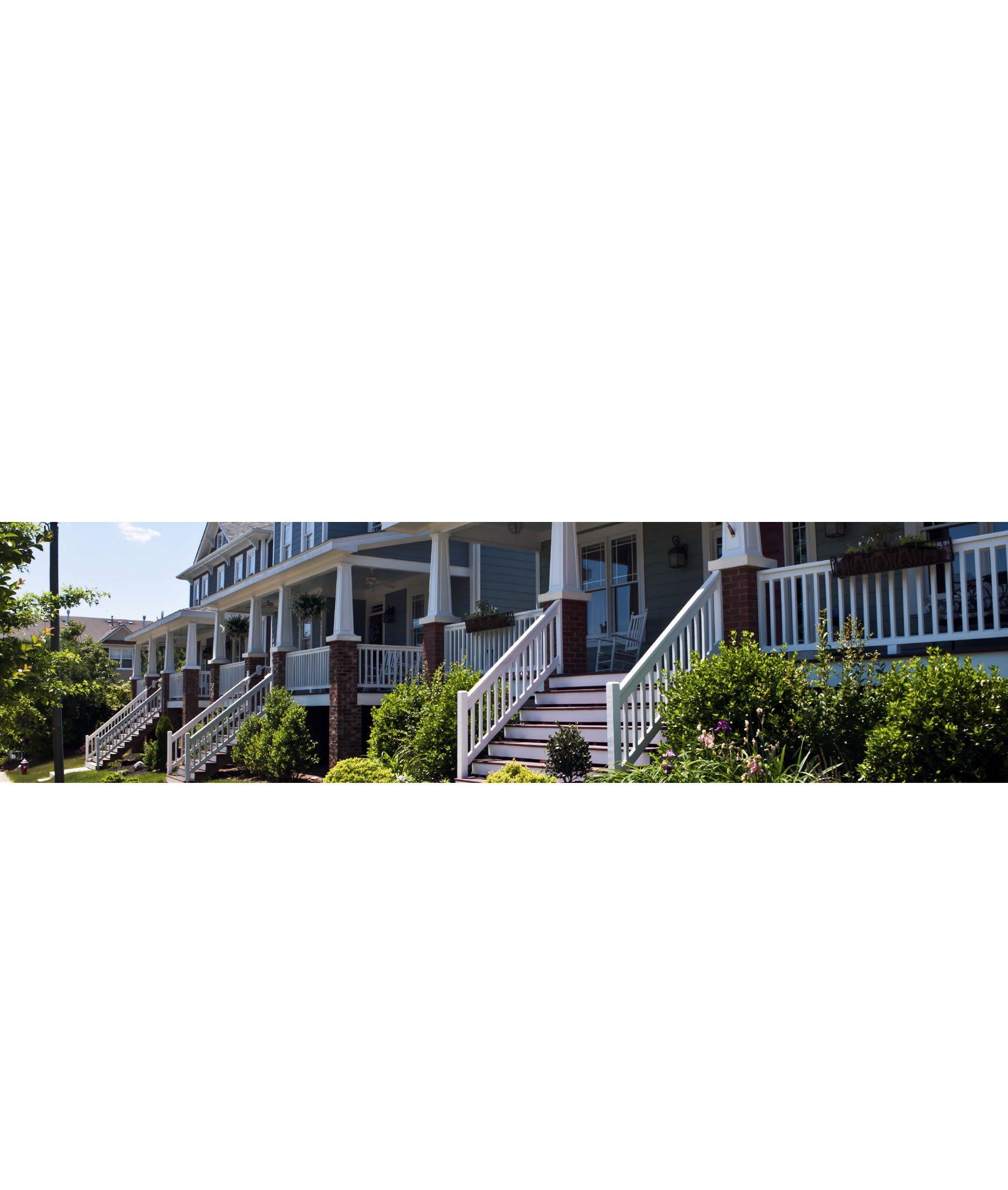
Across the globe, urban populations have increased rapidly, oftentimes surpassing available housing. A century ago, one out of every five people lived in urban areas; now, for the first time in human history, more than half of us do. In these circumstances and in many others brought about by various policies, laws and systems one of the biggest obstacles to a world where everyone has a decent and affordable place to live can be access to land for shelter in the first place. The preceding assessment is that of Habitat for Humanity, the global leader in the development of affordable housing.
Affordable housing, or the lack thereof, is one of the leading concerns of cities across America. Urban Villages embraces the notion that market rate and affordable housing can coexist in the same space without the latter degrading the property value of the former.
With a better philosophy of development, objective diversity of product, and quality of production, it is possible to attain comprehensive housing synchronicity.
"You have not lived today until you have done something for someone who can never repay you."
- John Bunyan
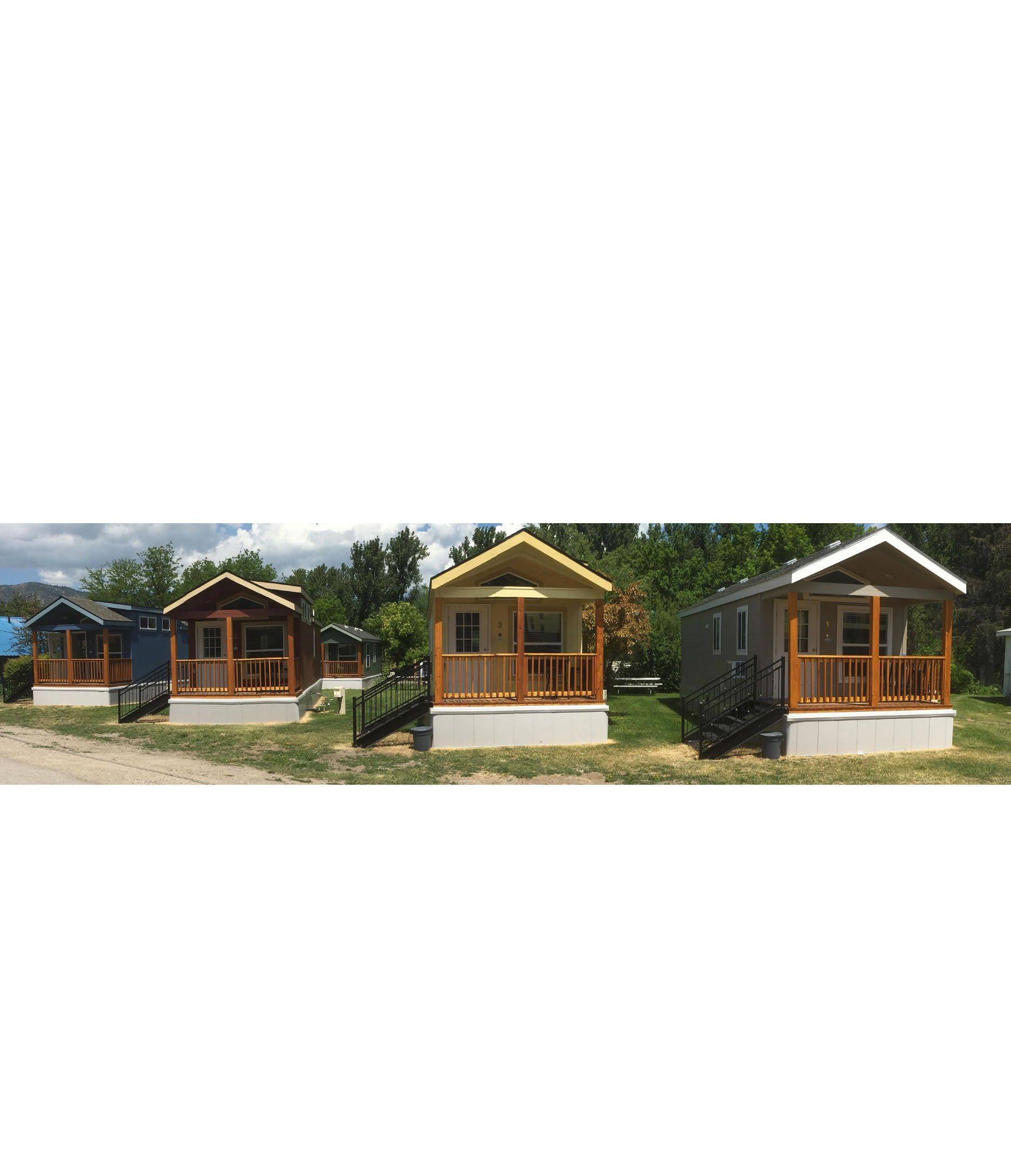
For the poor will never cease out of the land: therefore I command thee, saying, Thou shalt surely open thy hand unto thy brother, to thy needy, and to thy poor, in thy land. – Deuteronomy 15:11
Permanent supportive housing is part of the overall solution-based approach that combines affordable housing assistance with voluntary support services to address the needs of people with disabilities, the elderly, the homeless, etc. The services are designed to build independent living, tenancy skills, connect people with community-based health care, treatment, and employment services.
According to a recent HUD Annual Homeless Assessment Report, there are approximately 553,000 homeless people in the United States on a given night, or 0.17% of the population. With this statistic in mind, it is imperative that zoning ordinances be amended and planning departments, developers, and support agencies, work together to ensure that those who are the most vulnerable are pulled in and not pushed out of society, just because of their plight in life.
" When one door closes, another opens. But often we look so long at the closed door, we don’t see the one that has been opened."
- Helen Keller
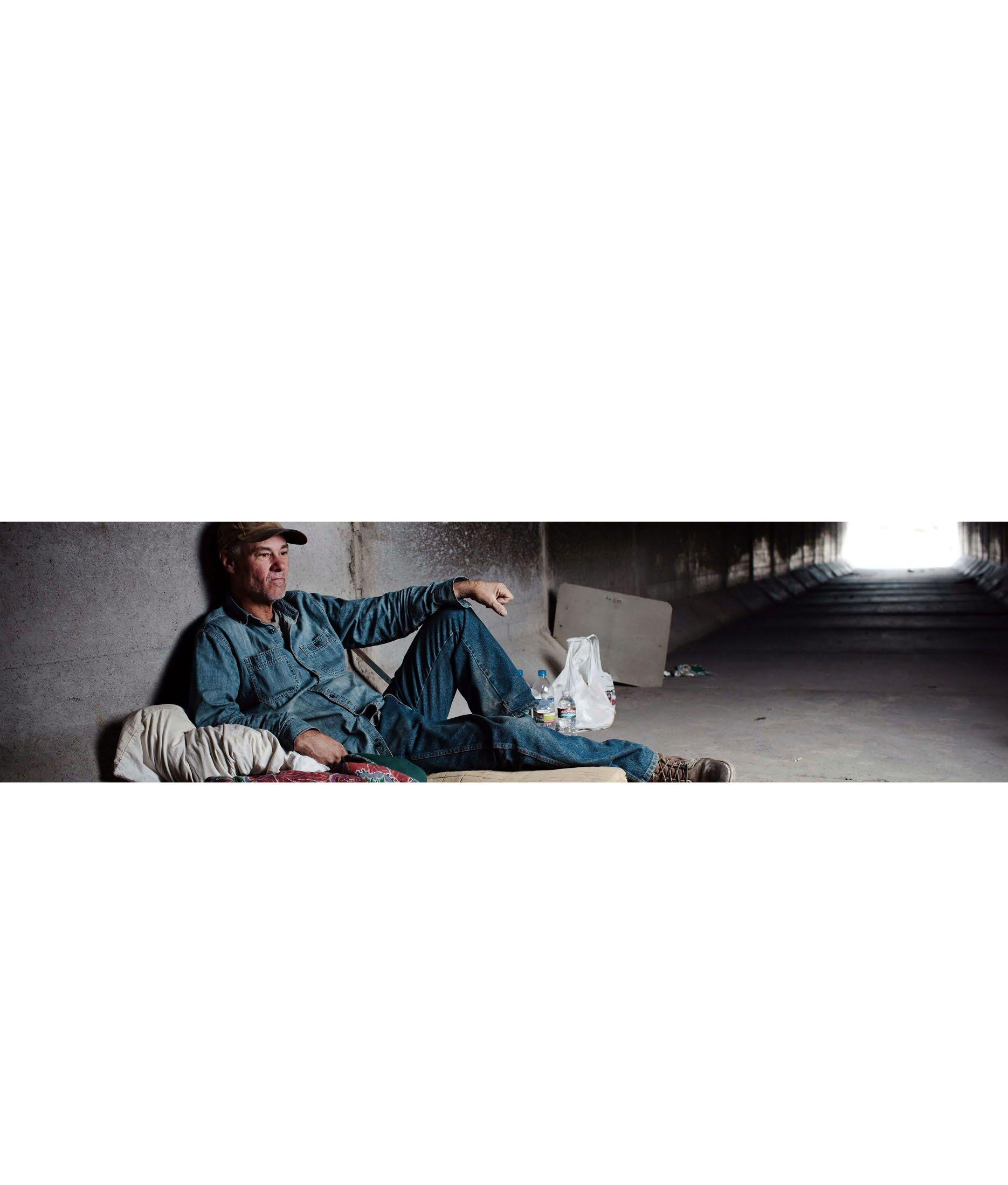
Transitional housing refers to any type of living situation that is temporary, interim or provisional. Common types of transitional living are inclusive of people transitioning from jail or prison, military vets with PTSD, addiction treatment centers or mental health facilities
According to the National Reentry Resource Center (NRRC), at least 95% of people in state prisons will be released back into their communities at some point. Approximately 9 million people are released from jail each year.
According to a recent report by Rachel N. Lipari, Ph.D., and Struther L. Van Horn, M.A. to the Substance Abuse and Mental Health Services Administration (SAMHSA), approximately 20.2 million adults aged 18 or older had a past year Substance Abuse Disorder (SUD.)
For the 9 million people who will be released from jail, plus the 20.2 million people who have a SUD, living in a world where they stand a fighting chance is critical to their well-being. Urban Villages is an opportunity for a new beginning.
"Segregation was wrong when it was forced by white people, and I believe it is still wrong when it is requested by black people."
- Coretta Scott King

For years, cities banned whites from selling homes to blacks in certain neighborhoods using racial zoning ordinances. The U.S. Supreme Court struck down such ordinances in 1917, after which restrictive racial covenants took off. They were essentially private agreements that did the same thing.
Restrictive racial covenants became so fashionable that in 1937, a national magazine “awarded 10 communities a ‘shield of honor’ for an umbrella of restrictions against ‘the wrong kind of people,'” according to a 1973 publication by the U.S. Commission on Civil Rights. “By 1940… 80% of both Chicago and Los Angeles carried restrictive covenants barring black families.”
In 1968 the US passed the Fair Housing Act that said, in effect, "OK, AfricanAmericans, you're now free to buy homes in Daly City or Levittown" ... but it was an empty promise because those homes are no longer affordable to the families that could've afforded them when whites were buying into those suburbs and gaining the equity and the wealth that followed from that.
"I still have my unemployment books and I remember when I worked for the sanitation department and the post office."
- Denzel Washington

Although we have seen exceptional growth in our economy the past few years, it is well known that the unemployment rate for blacks is still higher than other ethnic groups. Currently black unemployment sits at about 5.5%, compared to 3.4% for whites. What is not known, however, is why.
One direct cause would be lower levels of education: only 23% of black adults have at least a bachelor’s degree, compared to 36% for whites.
Secondly, using American census data from 1976 to 2016, a statistical model using four factors account for variations in the unemployment rates between racial minorities and whites: education, age, marital status and the state a person lives in were the main causes.
The third possible explanation is outright discrimination. Numerous studies throughout the years have provided strong evidence that racism among employers is at least partly to blame. Now this is something that can’t be changed overnight. But the good news is, it is changing for the good.
"Mass incarceration and its never-ending human toll will be with us until we come to see that no crime justifies permanent civic death."
- James Forman, Jr.

Discrimination in housing has diminished since the Fair Housing Act of 1968, and it has been easier to challenge housing unfairness. But by the time it passed, much damage had already been done to black families’ wealth and real estate prospects. That legacy is yet compounded by modern problems.
There is a financial impact of mass incarceration. As of 2001, one in six black men had done time. When they get out, these men can rarely put their name on a lease, because that requires a criminal background check. Wives often build credit histories and apply for mortgages alone, even when they’re married with families. Some were jailed for misdemeanors but did not pay the associated fees and ended up with bench warrants on their records, said Rolf Pendall, co-director of The Urban Institute’s Metropolitan Housing and Communities Policy Center.
However, on December 21, 2019, The First Step Act was signed into law lowering mandatory minimum sentences in some cases, while giving prisoners the chance to earn shorter sentences via good behavior This was a great day!
" The significant disparity in educational resources has caused [the] problem of disparate discipline and disparate academic outcomes."
- Chaka Fattah

Dedrick Asante-Muhammad, director of the Racial Wealth Divide Initiative at nonprofit Corporation for Enterprise Development (CFED), argues that to gain more than 50% homeownership, minorities need the types of progressive economic programs that whites enjoyed in the ’40s and ’50s. Minorities were explicitly left out.
Asante-Muhammad co-authored a report that found that if current trends continue, the wealth divide between white, black and Latino families will double by 2043. If white wealth remained stagnant, it would still take black families 228 years and Latino families 84 years to gain parity.
In today’s economy however, minorities own about 29% of classifiable businesses, employ over 6.3 million Americans, generate over $1 trillion in revenue and are growing at twice the rate of non-minority businesses, says the US Department of Commerce Minority Development Agency.
"Slavery didn't break up the black families as much as liberal welfare rules."
- Andrew Young

By now, these facts shouldn’t be hard to grasp. Almost 70% of black children are born to single mothers. Those mothers are far more likely than married mothers to be poor, even after a post-welfare-reform decline in child poverty. They are also more likely to pass that poverty on to their children.
Throughout the 1980s, the inner city and the black family continued to unravel. Child poverty stayed close to 20%, hitting a high of 22.7% in 1993. Welfare dependency continued to rise, soaring from 2 million families in 1970 to 5 million by 1995. By 1990, 65% of all black children were being born to unmarried women. In ghetto communities like Central Harlem, the number was closer to 80%.
For Hispanics, the poverty rate sits at around 18.3%, as of 2017, according to data from the US Census Bureau; while median household income increased by 3.7 percent in 2017 to $50,486
However, according to a report by the USDA, 42.6 million Americans were receiving SNAP benefits, down from 44.2 million in 2016. These are good signs.
Reviving the Urban Village
"The family of the future will foster our liberation, enhance our self-esteem, and shape our ideas and goals."
- Dorothy Height

Denzel Washington recently spoke to a group of reporters about the black family. He said that “it starts with how you raise your children. If a young man doesn’t have a father figure, he’ll go find a father figure. So, you know, I can’t blame the system. It’s unfortunate that we make such easy work for them.” Washington went on to add that it is important to “Take responsibility. Look in the mirror and say, ‘What can I do better?’”
New York criminal defense attorney Kenneth Montgomery concurred with Washington’s observations on the need for fathers in the home. “I think a father in the home ... facilitates stability,” Montgomery told the Atlanta Black Star newspaper. “Stability sometimes breeds better decision making. It provides a sense of belonging and comfort.”
He added that there is a “strong correlation” between the presence of fathers in black households and the direction young black men turn in life.
"Housing programs designed to help young families and senior citizens purchase homes should be available to people of all races…."
- Loretta Lynch

Homeownership in the US has fallen to a 50-year low. As of the second quarter of this year, 63.1% of households were homeowners. If the trend of the rising number of young adults still living with parents is accounted for, and we count them as renters rather than being in a home owning household, then the ownership rate in the U.S. would be even lower.
There are multiple positive benefits of ownership to individuals and society. However, it must be sustainable. There should not be any unnecessary barriers to ownership. Local zoning laws need to be reviewed and carefully developed so that inclusive zoning and hence homeownership opportunities expand rather than are shut down from blanket not-in-my-backyard sentiments.
According to the Fed’s Survey of Consumer Finances, a typical homeowner’s net worth was $195,400, while that of renter’s was $5,400 as of 2013. Given that home prices have risen by 17% since then according to Federal Housing Finance Agency the wealth of home owning Americans would have grown even more.
"Books were my pass to personal freedom. I learned to read at age three, and soon discovered there was a whole world to conquer that went beyond our farm in Mississippi."
- Oprah Winfrey

Education is without a doubt crucial to the success of minority students to compete for jobs. Quality education that enforces and reinforces math, science, writing, and cognitive thinking will separate those who desire a prosperous future from those who are simply content with getting by.
With so many people wanting their children to get a good education, minority communities must never overlook nor neglect the importance of their history. That’s right; history that deals with more than slavery within as well as outside of the United States. Whenever an educational system fails to place a value on history, far too many of our students are deemed to make mistakes.
For far too long, many minority children have been conditioned to think that education and intelligence is “a white thing.” This lie continues to have a rippling effect on the progress of youth Urban Villages, incentivizes the older generation to ensure that the younger generation, ends up in a better place in life than they are. This happens when Education is not an option, but a mandate.
"It's my job to help people so that God can continue to help them live out the mission that they have... they've got to be healthy to do that."
- Lee Haney

According to the 2018 Urban League report, the health equality score for blacks was 79.3%, representing a gap of approximately 20 percentage points with whites and a slight decrease in equality from the 2017 findings, when the health index for blacks registered 80% and seemed to be rising. In 2005, health equality between blacks and whites was about 24 points apart.
"I think that it's difficult to tell" why the gap had narrowed over the past three to four years, says Marc Morial, Urban League president. Adding that increased access to health care was a likely factor to "The longer-term trend in health disparities being narrowed."
But for the record, wellness is not just a black and white issue, pun intended. It affects all people and for people to truly live up to their fullest and healthiest potential, the place where they live, access to quality food, walkability to nearby amenities, connectivity with other humans, are all a part of the equation. Urban Villages creates an environment where all these wellness characteristics exist.
"I started my first business when I was 12 years old shoveling snow in my neighborhood. I knew then that if I served the needs of people with excellence, I could always earn good money."
- JD Lee, ThD

According to A. Donahue Baker, there are only two options to build generational wealth: real estate or business ownership. Baker is a CPA, entrepreneur, and real estate developer who has created wealth by doing both. His real estate development company, Baker Capital, owns over 400 units nationwide. “One of the primary methods that I’ve used to create generational wealth is real estate.” Baker shared.
Some urban communities are being infiltrated by tech companies, and those communities start to be redeveloped at rapid paces that make room for new occupants and innovation but leave behind or push out those who inhabited those spaces. This form of gentrification is known as innovation intensity.
As minority millennials find mentors, incubators, and other resources to help begin their journey to building wealth, one thing is certain that it will not happen overnight. It’s the small steps like saving, investing, understanding the wealth gap, and mapping a legacy that will start to move the needle for minority families.
Building Urban Villages
" I love the idea that it doesn't take one person only to achieve your potential. It takes a village, it takes a community, a street, a teacher, a mother.”
- Mira Nair

The question is, where do we go from here? In my opinion the answer is the age-old institution of “the village.” From the beginning of time, humans have lived in communities that first started as a village. Most people living today understand the power of a village. We grew up in neighborhoods that were more like villages, and we can again experience what it’s like to be a part of a village.
A village is a group of people with an indigenous, cultural, geographic, and/or economic similarities, who share a common equity of being related to one other and a place, i.e. the village. Once a connection is made, one becomes native to the village, which breeds a sense of security, loyalty, connectivity, and dignity.
Enter Urban Villages, the opportunity for cities to embrace the idea of building sustainable communities in the heart of America. But are cities open to the idea of building villages? Can we point to one development in America and say, this community was created specifically with the intention of building a village? The answer YES and it exists in the State of Texas.
“The moment you stop trying to become a better person, is the moment you start to become worse than what you already are.”
- Carroll Bryant
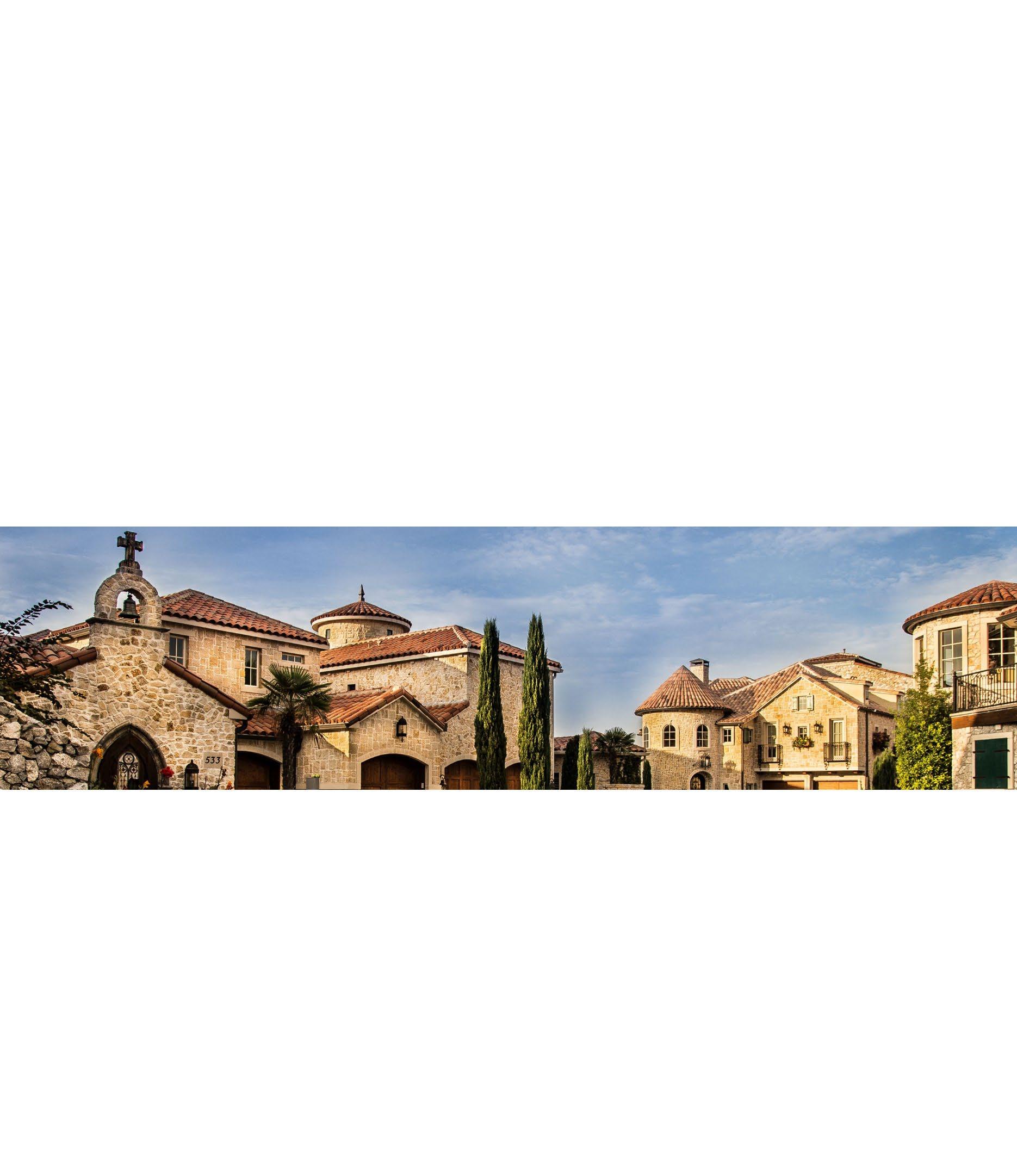
Adriatica is a roughly 50-acre, $350 million development, which sits in the beautiful suburbs of McKinney, Texas It is also the model used for a 2.75acre, $6 million affordable housing development, which sits on the opposite (other) side of town called the Cotton Groves. The philosophy behind both developments is NeoRetroism, described as the advancement of the use of old-world characteristics in modern day development environments.
Because of the void in architectural design, engineering and urban planning, the need arose for a development philosophy that challenged the use of zoning as tool to segregate people Through the years, zoning has been one of the major contributors to segregation. It has been used to divide and separate people by their ethnicity, economic status, social rank, and educational standing.
NeoRetroism forces change to this idea by challenging long standing rules and ordinances, while offering a better way for people to live, work and experience life. The JDL Group uses this philosophy to create Urban Villages.
"A family [village] is like a forest, when you are outside it is dense, when you are inside you see that each tree has its place.”
- African Proverb
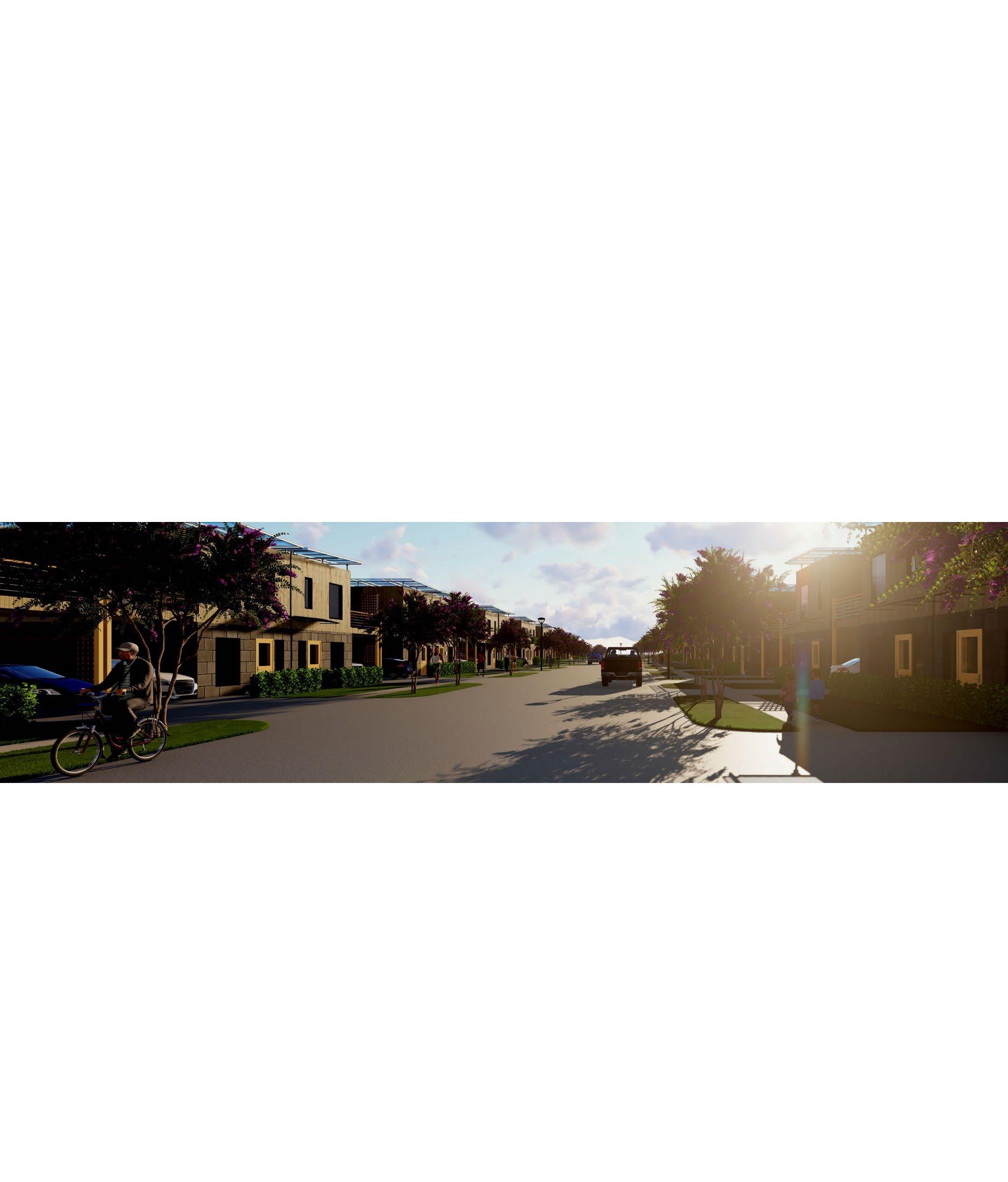
Tackling a 50-acre development can seem like a daunting task for most cities, let alone developers. So, let’s take a closer look at the smaller of the two examples mentioned in the previous section.
Cotton Groves is a 2.75-acre development in an area of McKinney, Texas that has not seen any significant development in over 20 years. Like Adriatica however, which sits inside of Stonebridge Ranch HOA, Cotton Groves has an HOA of its own, to compel homeowners to a higher standard of property care
The site plan, created using NeoRetroism, has good density, zero lot lines on the sides and minimal front and rear setbacks. Originally, 15 single family lots were slated for the site, per existing single-family zoning (RS60). But after rezoning to a planned development (PD), the lot count jumped to 35 single family lots, a community center, ample green space, and a playground. In the end, rezoning from RS to PD was a key factor in more than doubling the lot count. This is good for the city, good for the development and good the residents.
" Nearly every moment of every day, we have the opportunity to give something to someone elseour time, our love, our resources."
- S. Truett Cathy

For those who may be wondering how to begin the journey or where to start, there are some significant resources that can be utilized for developing Urban Villages. Land is by far the most important resource in most urban areas, particularly land at an affordable price. Land Banks are a great resource to find properties in cities that are underutilized
According to the Urban Land Institute, as of 2019, at least 13 states that have passed comprehensive state-enabling land bank legislation and there are now some 120 land banks and land-banking programs Land banks aim to turn these underutilized properties from neighborhood liabilities into assets by transferring them to responsible ownership.
Another resource is the Center for Community Progress. Based in Flint, Michigan, it is the only national nonprofit specifically dedicated to building a future in which vacant, abandoned, and deteriorated properties no longer exist. To date, it has provided technical assistance and support to hundreds of communities and reached tens of thousands of people across the United States
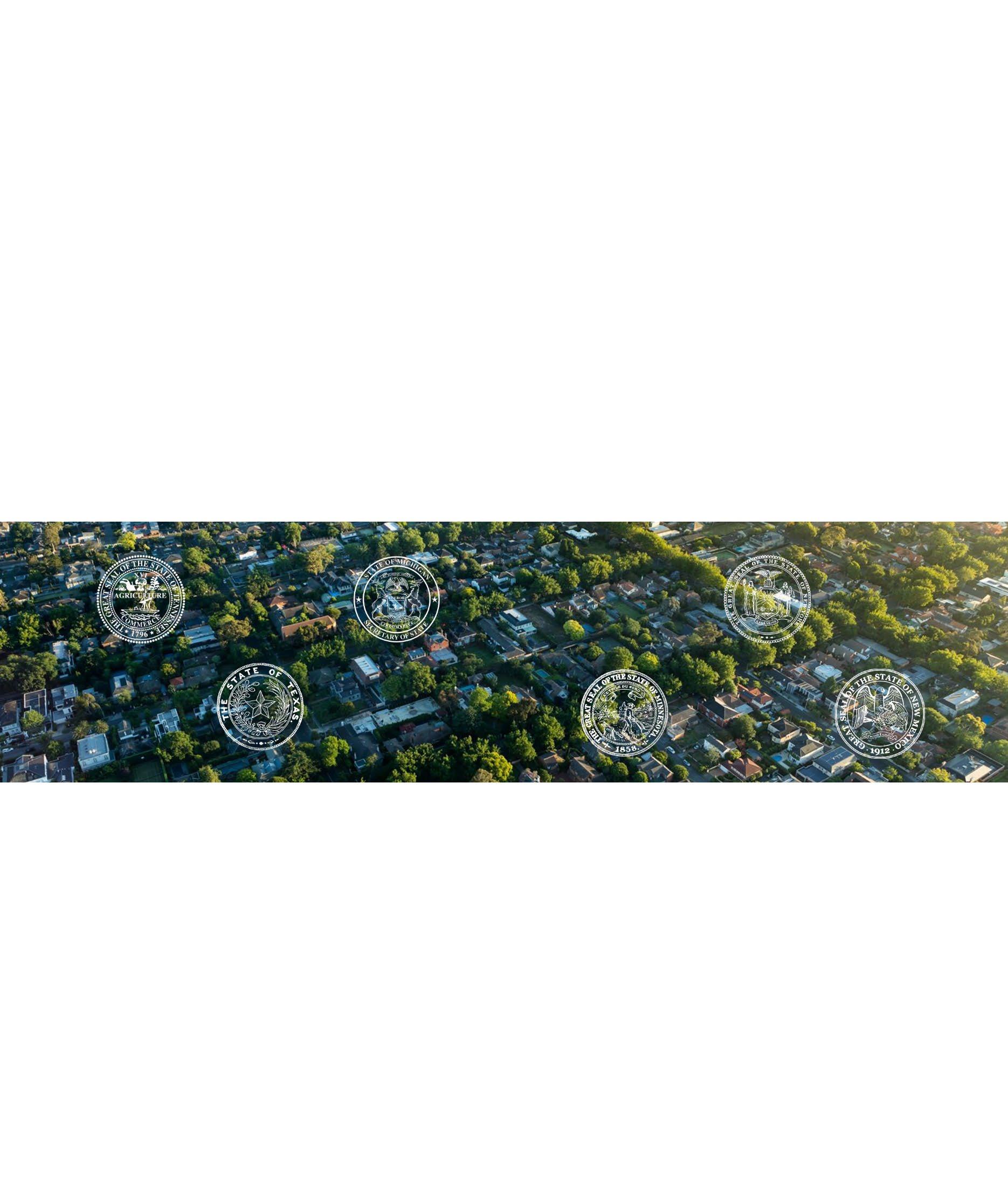
Now that we have arrived at the understanding, it is possible to build Urban Villages, it is equally import to state how we get there. To sustainable communities in the heart of America, partnerships are imperative.
Questions - Who would partner with an Urban Village initiative in your city? What would the environment look like from a design / planning perspective? Are there grants available? And what would the capital stack look like? These questions and more can be answered by bringing the right experts to the table.
The JDL Group knows that partnerships are critical to the process. We propose that every urban city in the US, with a population of 100,000+ develop an Urban Village; preceded by a series of substantive dialogues, which will be the catalyst to garner the right partners, sponsors, allies, and supporters. Urban cities in the US present the perfect backdrop for and Urban Village By leveraging the unique combination of available land, strong city leaders, and local, state, and federal resources, The JDL Group can be your trusted advisor for navigating the waters of achieving actionable results.
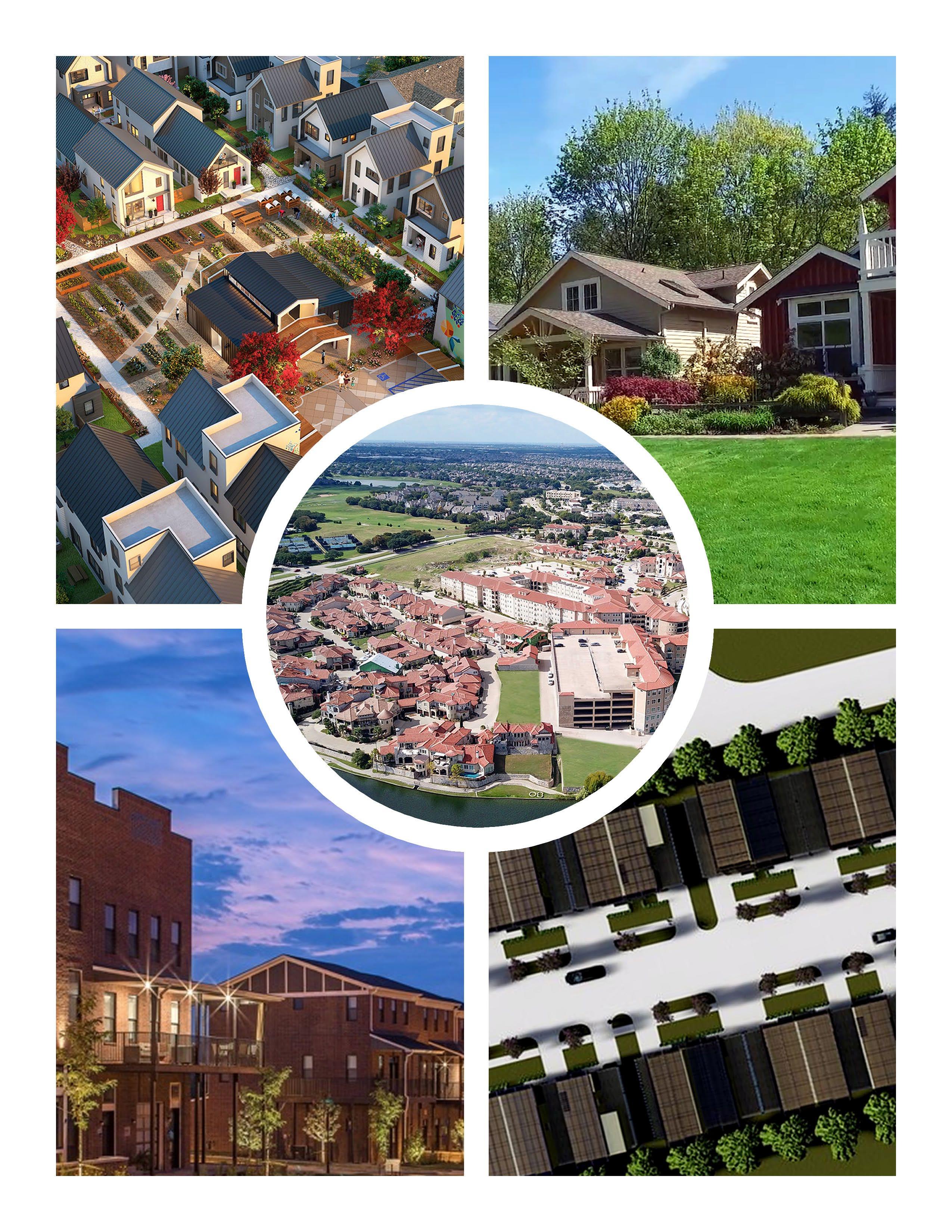
" The Patch is an urban neighborhood of homes clustered around a working farm where residents can grow their own food.”
- KTGY Architecture & Planning

Agrihoods, communities that are centered around working farms, have become very popular with home buyers who want a healthier lifestyle for themselves and their children. Examples of successful large-scale agrihoods in suburban and rural locations can be found all over the US
But what if the agrihood could be scaled down to fit urban infill sites? David Senden, principal in KTGY’s Irvine, California office, explains their conceptual design The Patch is an infill version of the agrihood a solution for residential development that supports sustainable food systems and aims to cultivate community through infill farming. It has enough open space for a small working farm on an infill site; clustered homes with modest footprints that preserve enough land for farming; common open space; and private yards.
The Patch works for market-rate or subsidized housing. It’s about a lifestyle and the idea of being more local and more connected to your food source and your neighbors is most important. This concept works for many income levels.
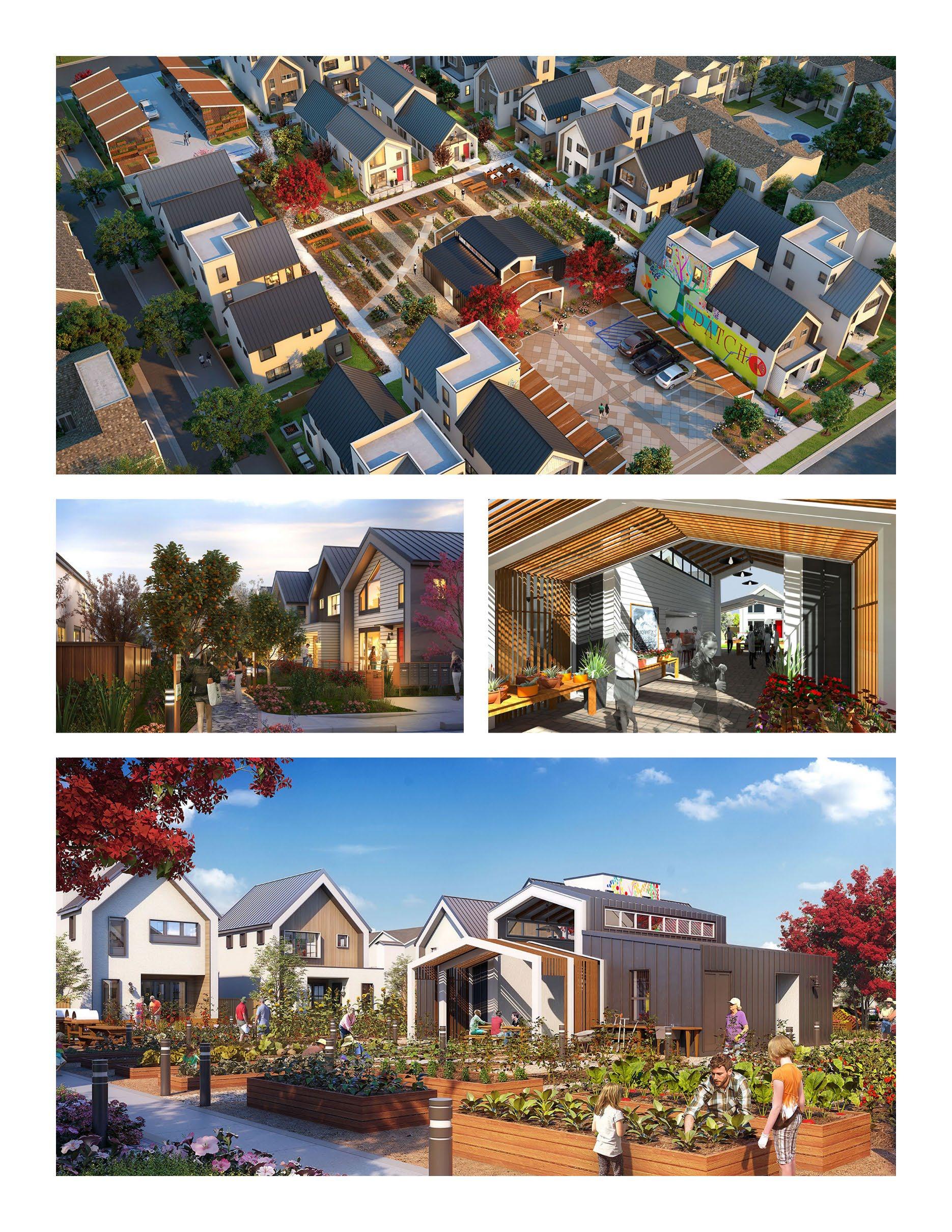
" When a small group of people are together, conversation is spontaneous. This fact of human nature is what pocket neighborhoods are built around.”
- Ross Chapin Architects
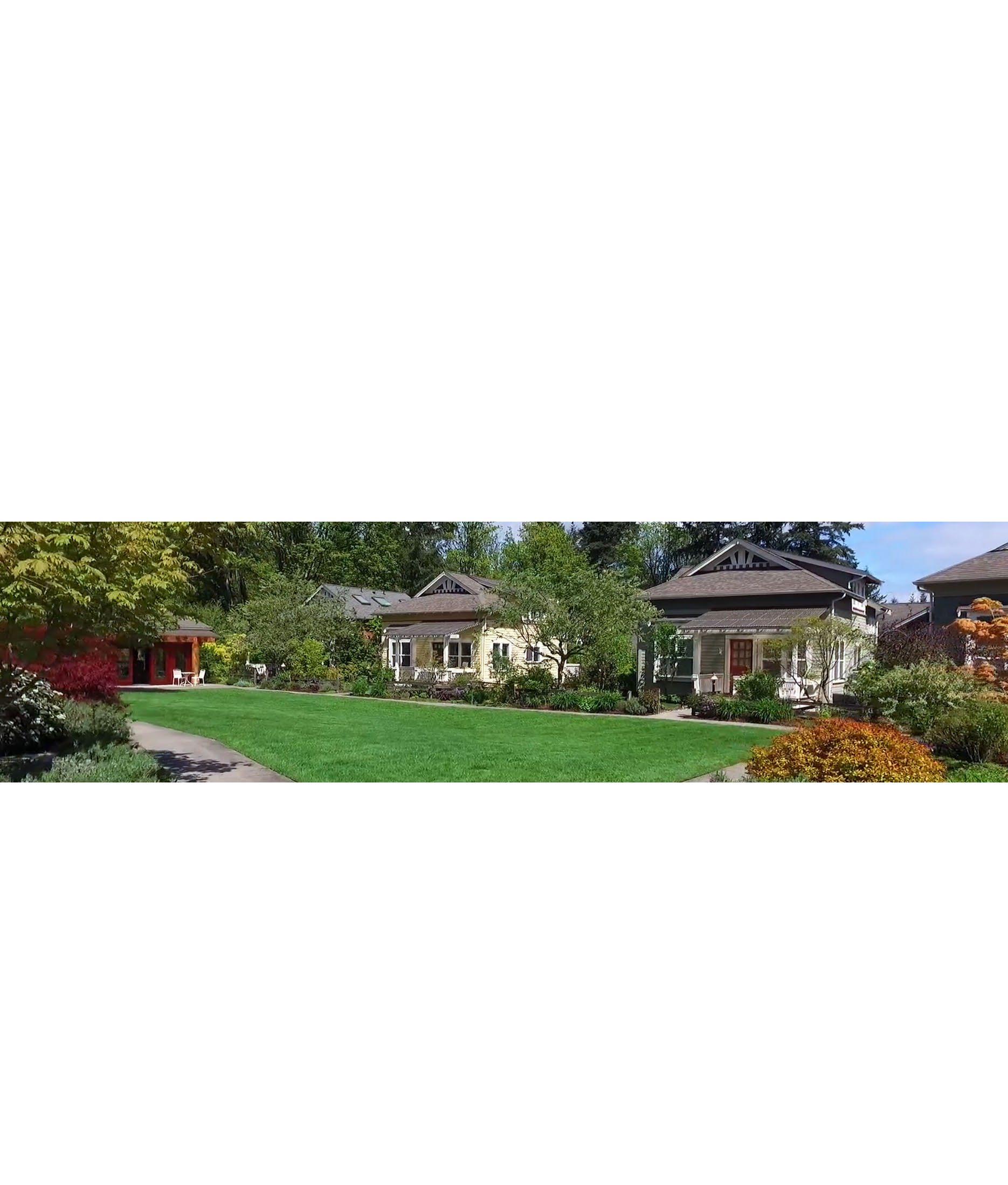
Pocket neighborhoods (Pockethoods) are clustered groups of neighboring houses or apartments gathered around a shared open space a garden courtyard, a pedestrian street, a series of joined backyards, or a reclaimed alley all of which have a clear sense of territory and shared stewardship They can be in urban, suburban, or rural areas.
In a pocket neighborhood, neighbors have a shared stake in the common ground they live next to. Because of their watchfulness, strangers are taken note of, and children are free to play.
Residences in a pocket neighborhood can be any style Craftsman Cottage, Contemporary, Spanish Mission, Screaming Solar or Modern Modular. They can be detached single-family houses, attached townhouses, or clusters of urban apartments. The people who are drawn to live in pocket neighborhoods are singles, empty-nester couples, families, Baby Boomers, Gen-X / Y, Millennials or anyone who wants to live in a close, tight-knit neighborhood.

" Opticos worked closely with us to design a beautiful, diverse neighborhood.... It’s been a true pleasure working with them to fulfill my vision.”
- Jerry Reimer, Urban Village Development

Missing Middle Housing types provide diverse housing options, such as duplexes, fourplexes, and bungalow courts, that fit seamlessly into lowrise walkable neighborhoods and support walkability, locally serving retail, and public transportation options.
They provide solutions along a range of affordability to tackle the mismatch between the available U.S. housing stock and shifting demographics blended with the rising demand for walkability.
In Omaha, Nebraska, Prairie Queen is fifty verdant acres of Missing Middle Housing, including mansion apartments, fourplexes, and townhouses, all elegantly placed around a refined network of narrow streets and blocks.
Other features include: a center to come and a series of flexible spaces that can grow into retail and commercial use as market demand matures over time. As part of the entitlement package, Opticos provided a Form-Based Code to replace the existing zoning.
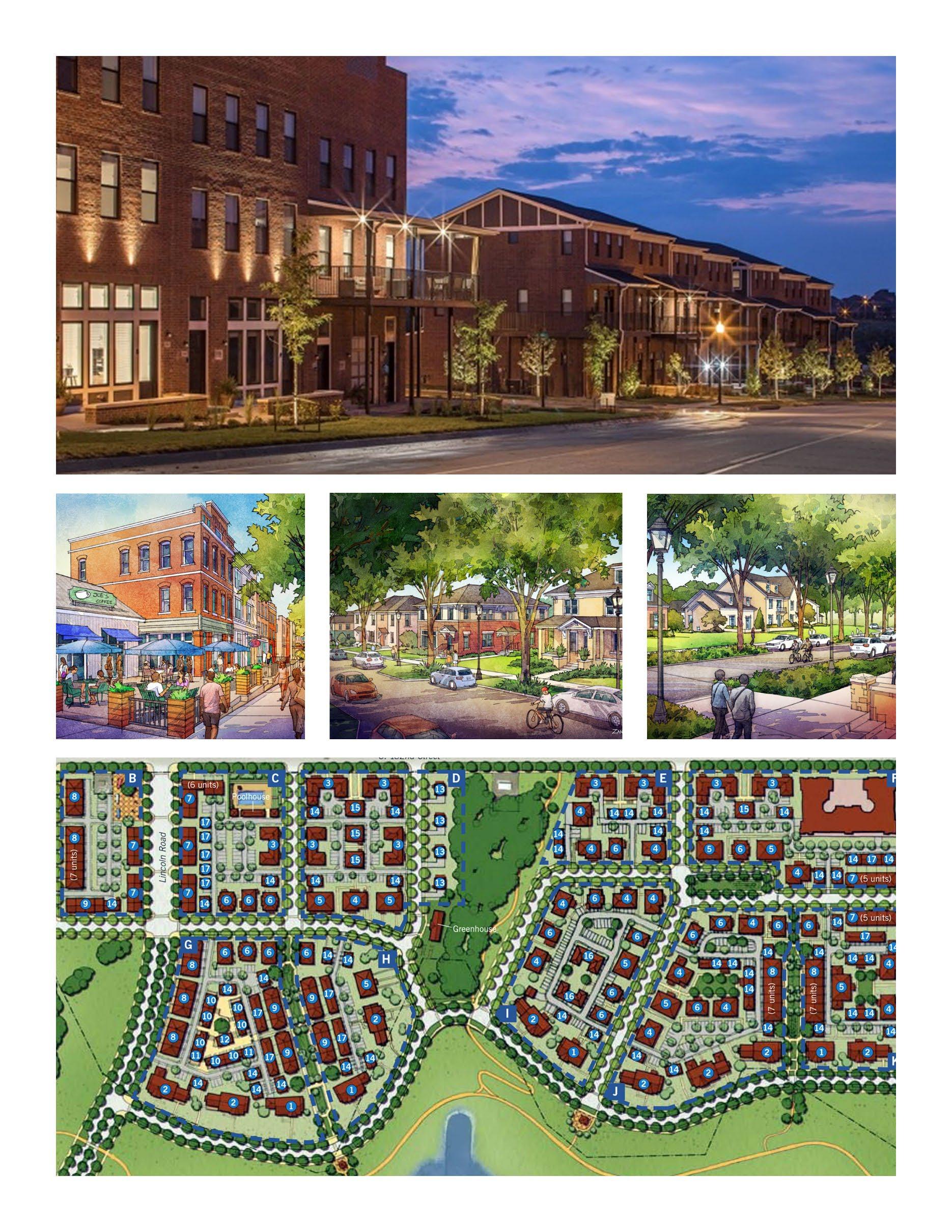
" I’m in the business of changing how developers develop property in the United States… and show them that we can build villages.”
- Jeffory D. Blackard, Blackard Global
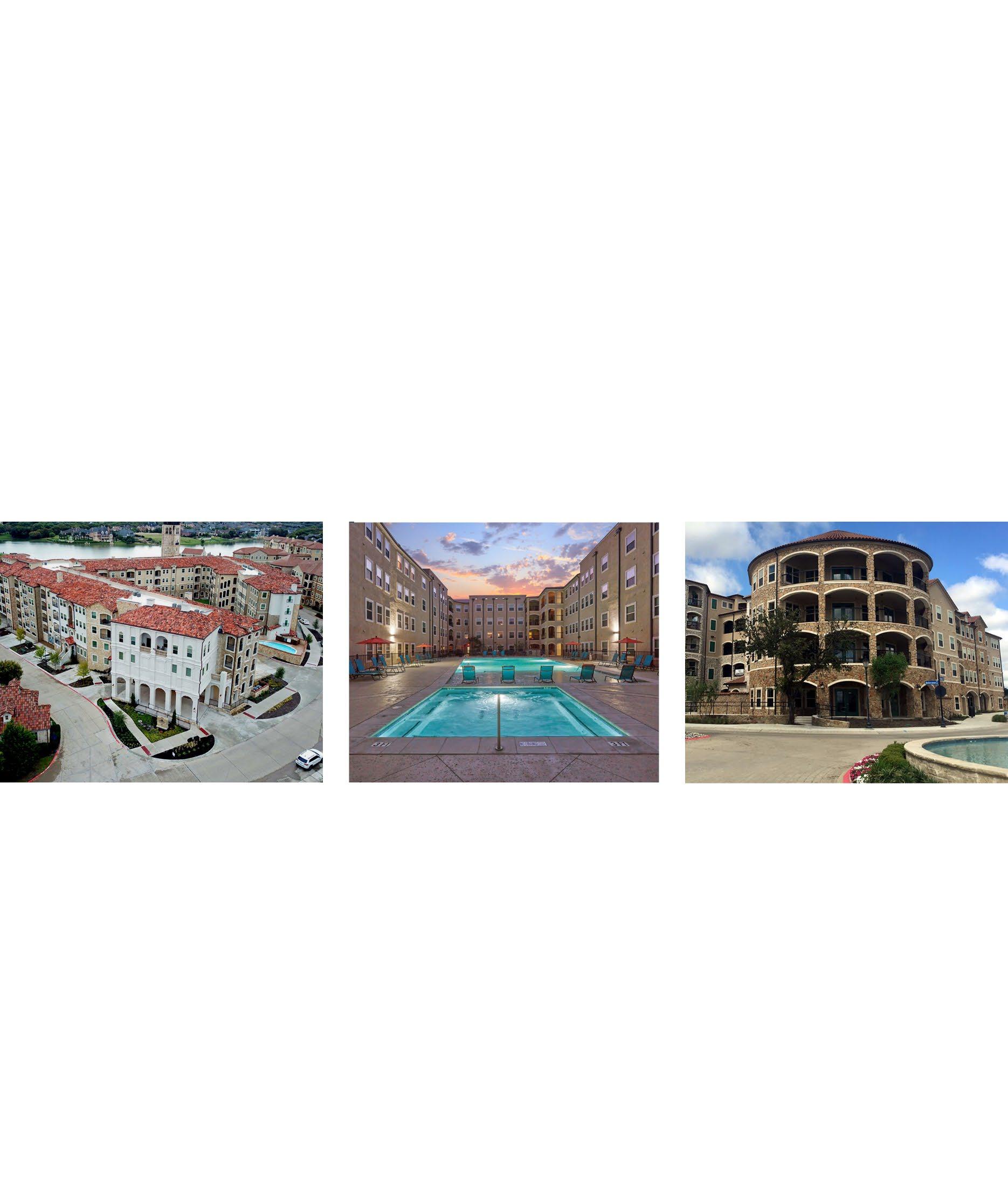
There have been few developments in the past half a century, built in the United States, that rival Adriatica Village. The brainchild of Jeffory D. Blackard, developer and innovator, Adriatica is the modern-day replica of Supetar, a fishing village on the island of Brac in the country of Croatia. The driving philosophy behind the development is NeoRetroism™, which advances the use of old-world characteristics in modern-day development environments.
The development includes single-family, multi-family, independent living, townhomes, condos, retail, medical, hospitality, food and beverage, professional offices and more. Although it is a market rate development, there is a decent mix of affordable units sprinkled throughout the site.
The development was zoned as a planned unit development, with an HOA. There is a covered parking structure that also doubles and the backbone for wrap around condos. Experts have come from around the globe to study this modern-day village to better understand the philosophy of NeoRetroism.
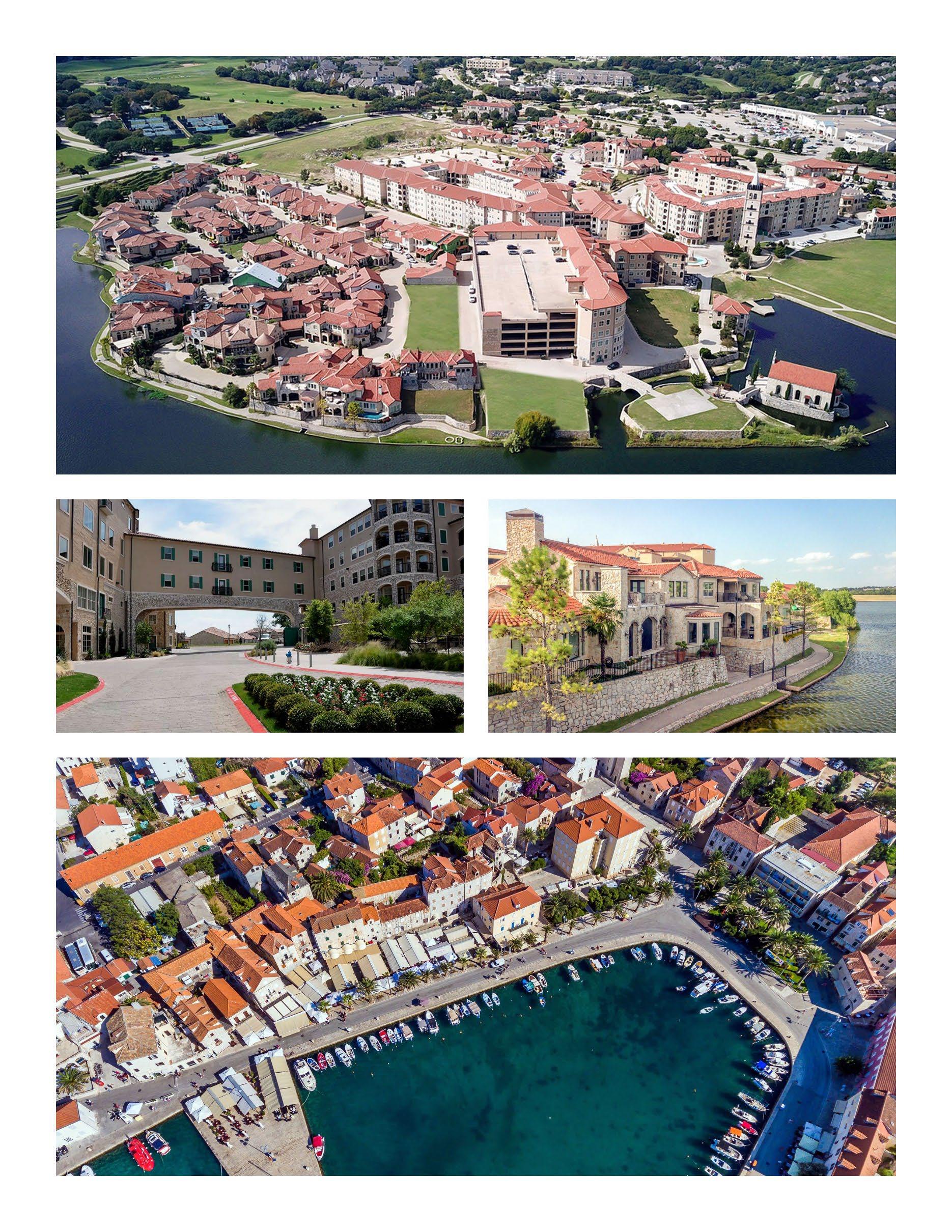
" ReModuletics™ is the process of utilizing repurposed materials to produce modular units for use as residential, retail or recreational structures.”- JD Lee, ThD

Maybe the idea for using shipping containers for housing and offices was born out of someone driving down by the Long Beach docks in California, and seeing all those containers stacked everywhere, thinking, “I played with Legos . I can make a home out of those.”
The Cotton Groves development in McKinney, Texas is an example of the use of ReModuletics™ in a housing development. Every unit in the development is built with repurposed shipping containers. Exterior cladding of limestone and wood offer a very attractive curb appeal for the units. Walkout decks and greenspace along with solar rooftops make for a very sustainable community.
Boxtley™, a subsidiary of the JDL Group, specializes in modular developments where land can be utilized to its highest and best use. There is great potential to be realized when building with shipping containers. Their modular and stackable ability allows for the creation of instant structures practically. The designs shown are flexible enough to be adapted for lots in most US cities.


